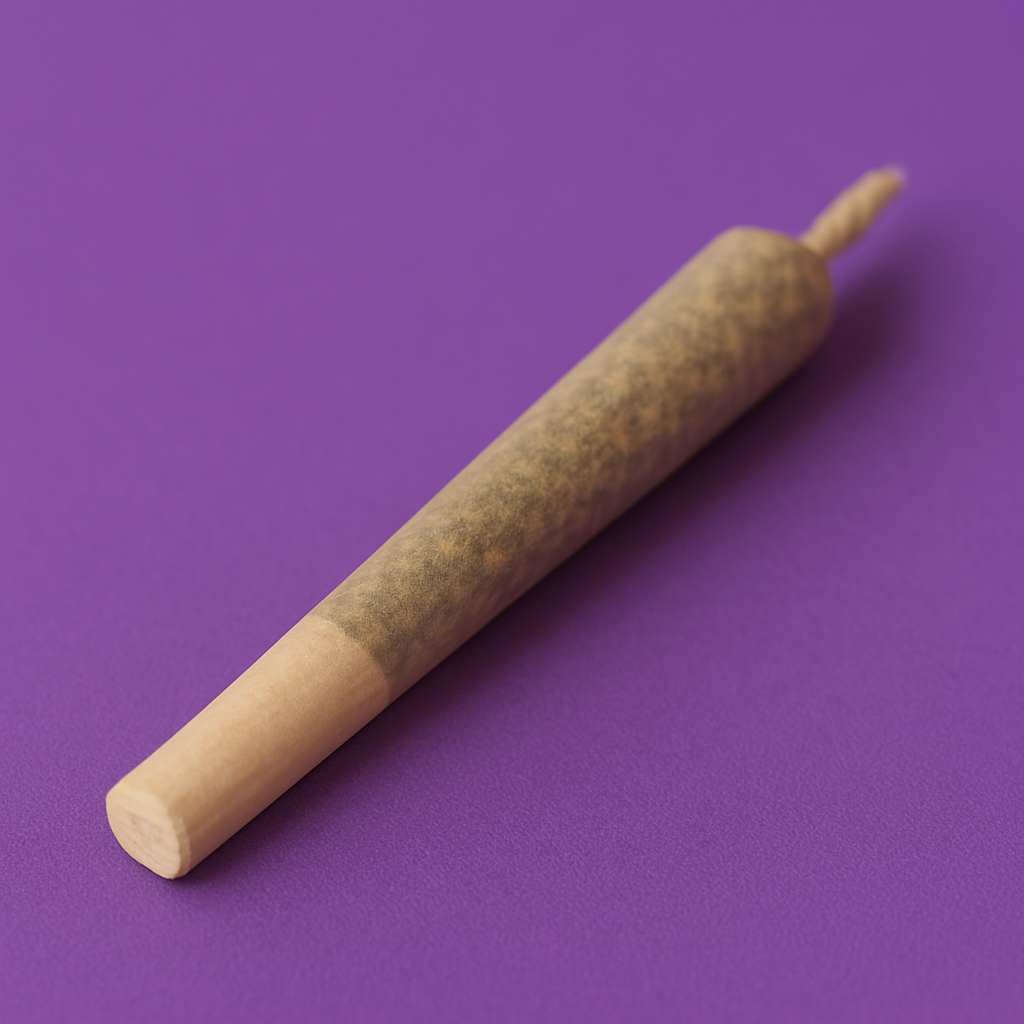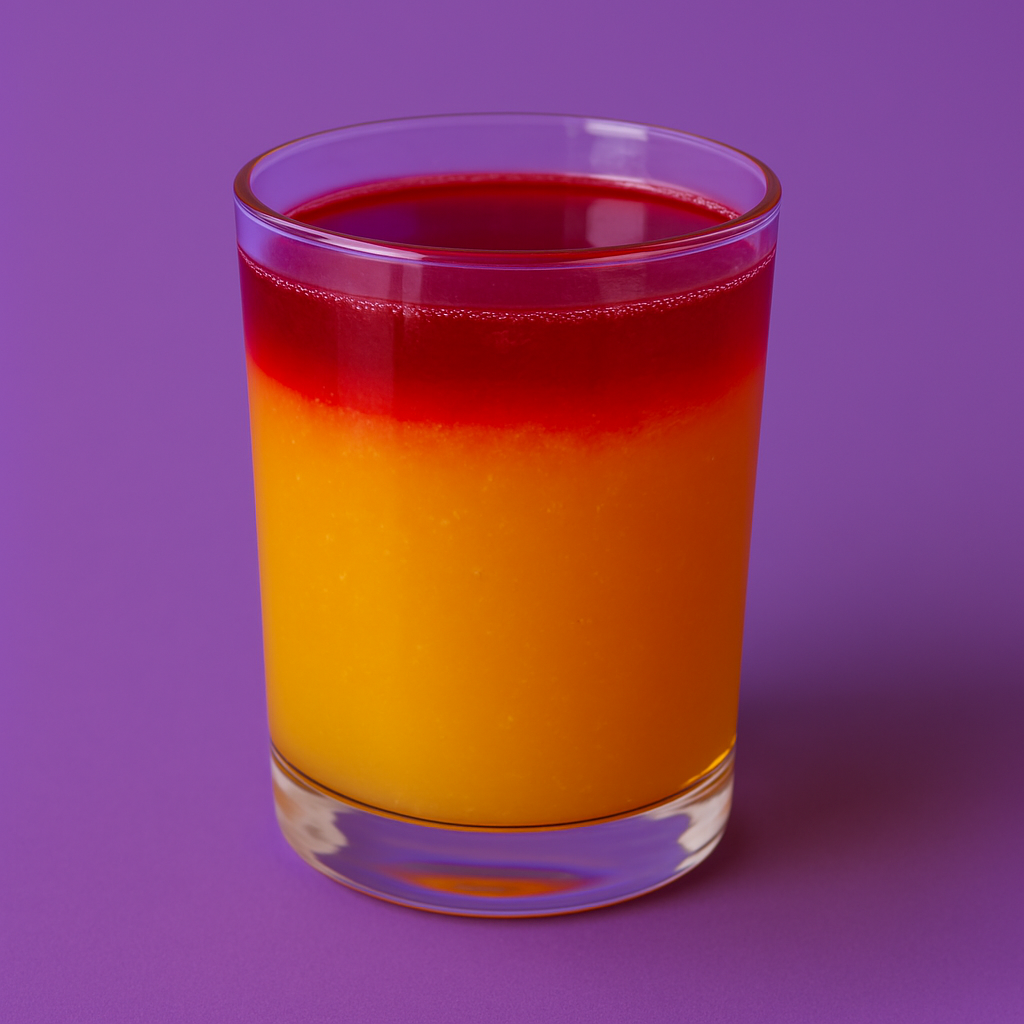What is Delta-8 THC?
Posted by Enjoy Hemp on May 3rd 2024

Cannabis and Cannabinoids
Cannabis is full of cannabinoids that react with our body’s endocannabinoid system– the biological system made up of neurotransmitters and cannabinoid receptors which respond to the chemical compounds found in cannabis sativa. You’ve probably heard of cannabinoids such as cannabidiol (“CBD”), Tetrahydrocannabinol (“THC”), and cannabigerol (“CBG”). The most well-known cannabinoid is THC, otherwise known as delta-9-tetrahydrocannabinol. Delta-9-THC is often the most common cannabinoid found in cannabis plants and is responsible for the psychotropic effects of cannabis. However, Delta-9 has a sister compound: Delta-8-THC. Although Delta-8-THC is similar to Delta-9-THC, there are a few key differences between the two.
What is Delta-8 THC?
According to the National Cancer Institute, Delta-8 THC is:
“An analogue of tetrahydrocannabinol (THC) with antiemetic, anxiolytic, appetite-stimulating, analgesic, and neuroprotective properties. [Delta-8-THC] binds to the cannabinoid G-protein coupled receptor CB1, located in the central nervous system… This agent exhibits a lower psychotropic potency than [delta-9-THC], the primary form of THC found in cannabis.”
Delta-8 THC, like Delta-9-THC, is one of the many cannabinoids found in the cannabis plant. Since only small amounts of it are found in dry cannabis flowers (less than one percent), it is known as a “secondary” cannabinoid, while Delta-9-THC is commonly referred to as the “primary” cannabinoid in cannabis. Although Delta-8-THC does not naturally occur in high amounts, concentrates high in Delta-8-THC can be extracted from the cannabis plant through selective breeding, molecular isolation, and conversion.
Delta-8 THC vs. Delta-9 THC
Delta-8-THC and Delta-9-THC are both cannabinoids with a few differences in their chemical composition. Both cannabinoids contain double bonds. In fact, the “delta” in their names refers to these double bonds. The difference between the two is where these double bonds are located. The numbers in their names — 8 and 9 — refers to where the double bond is positioned. In Delta-8-THC, the double bond is on the 8th carbon in the chain, while in Delta-9-THC, the double bond is on the ninth carbon. The shift in the double bond means that Delta-8-THC and Delta-9-THC react differently with the endocannabinoid system.
Delta-8 THC and the Endocannabinoid System
Delta-8-THC has a lower psychotropic potency than Delta-9-THC. Delta-8-THC connects to both CB1 and CB2 receptors in our endocannabinoid system, whereas Delta-9-THC binds only to CB1. CBD also binds to both CB1 and CB2 receptors. One way to think about Delta-8-THC is like a cross between CBD and Delta-9-THC.
Ways of Taking Delta-9 THC
Although Delta-8-THC naturally occurs in relatively low concentrations in comparison to Delta-9-THC, it can be artificially extracted and concentrated.





























